WITH UNSUNG LEADERS -Stories of behind-the-scenes leaders who take on challenges for a better future-
Co-creation involving competitors facilitates new innovations in the world.
The “JOINT” consortium takes on unprecedented “all-Japanese” challenges.
January 1, 2023
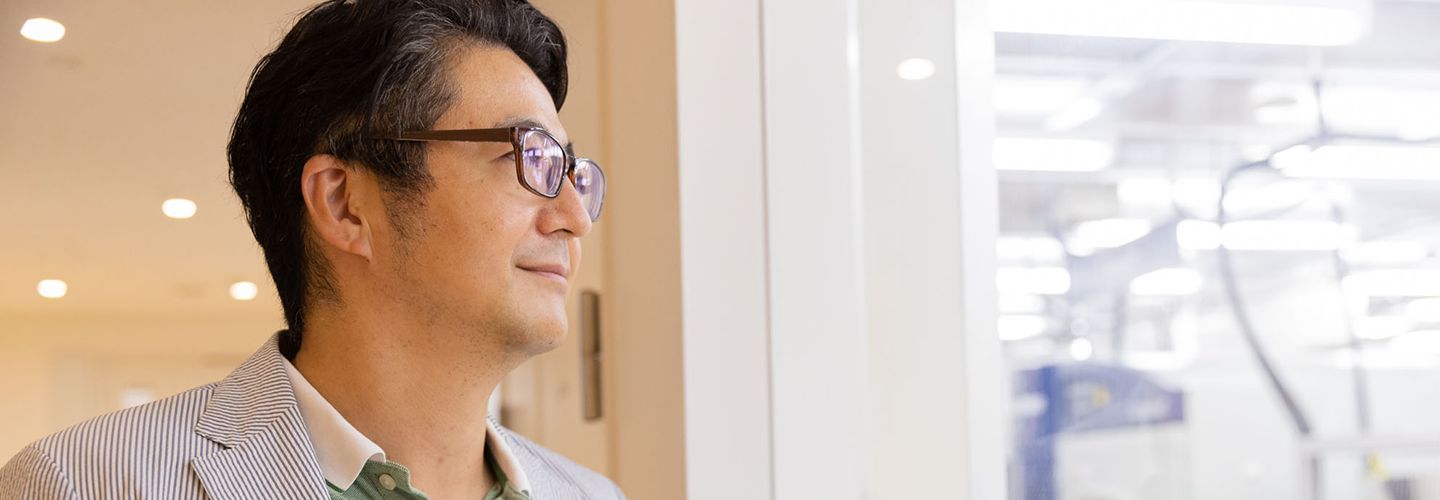
In 2019, the semiconductor material maker Resonac established the Packaging Solution Center. Focused on this facility, the Company formed the “JOINT” consortium with the aim of developing next-generation semiconductor technologies. The Company established an eco-system that involves domestic material and equipment manufacturers with similar ambitions, including its competitors, to undertake all-Japanese co-creation. We asked Hidenori Abe, general manager of the Electronics Business Headquarters R&D Center, about the challenges of co-creation with other companies and the requirements for Japan’s semiconductor technologies to compete in the world.
Promoting co-creation through open innovation that takes advantage of participating companies
The Packaging Solution Center was established with the aim of early realization of next-generation semiconductor packages through co-creation. Why did you choose “co-creation” as the keyword?
Abe: First of all, technological evaluation takes a tremendous amount of time if done by a single semiconductor material maker. Semiconductors contain the materials of many companies. If there are changes in specification requirements or requests for improvement, it is difficult to examine the status of each component, and technological evaluation is so time-consuming because we have to go one step at a time.
To make this process more efficient, co-creation becomes essential. The Packaging Solution Center has the latest semiconductor packaging equipment that can replicate the entire manufacturing process in the integrated trial-evaluation line, which is customized for specific packages. Problems when discovered can be fixed and the necessary adjustments made immediately. This helps reduce the development period and also enables us to propose optimal one-stop solutions to customers who manufacture semiconductors.
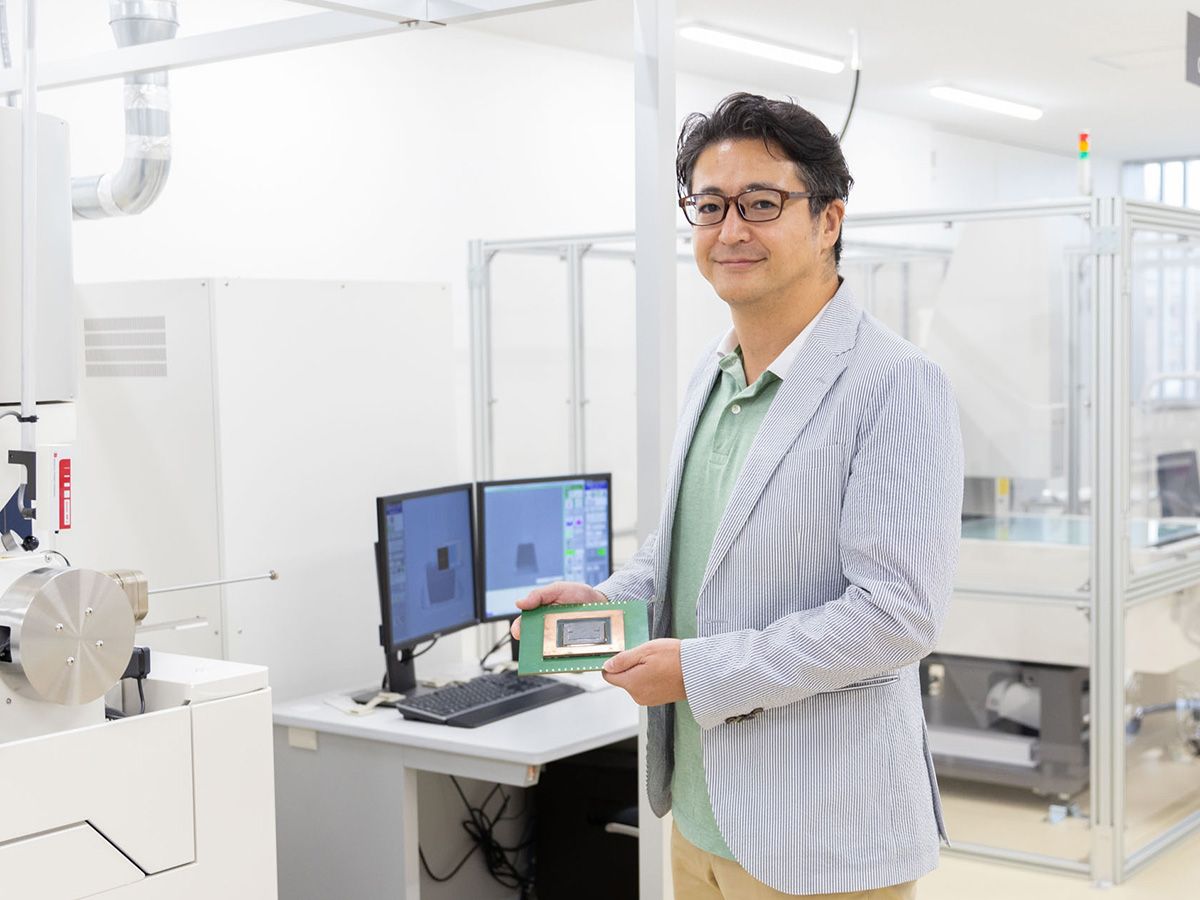
Hidenori Abe, General Manager of the Electronics Business Headquarters R&D Center
The fact that the Packaging Solution Center was established by Resonac, a semiconductor material makers with top-ranked global market shares, must have major significance for the semiconductor industry.
Abe: Yes, the chip industry is nearing the limit in the efforts to make packages smaller in the front-end process of semiconductor manufacturing. Makers are now striving to improve performance through packaging and mounting technologies in the back-end process. As a result, semiconductor packages are becoming more complex, creating the need for a wider variety of materials. This is why co-creation among companies in the back-end process is expected to become increasingly important.
We will develop proposals that allow Resonac to exploit its strengths—proposals on materials—and also on structures and processes to support the plans of our customers who manufacture semiconductors by closely examining their devices. Ultimately, we hope to become their partners in all areas of chip manufacturing.
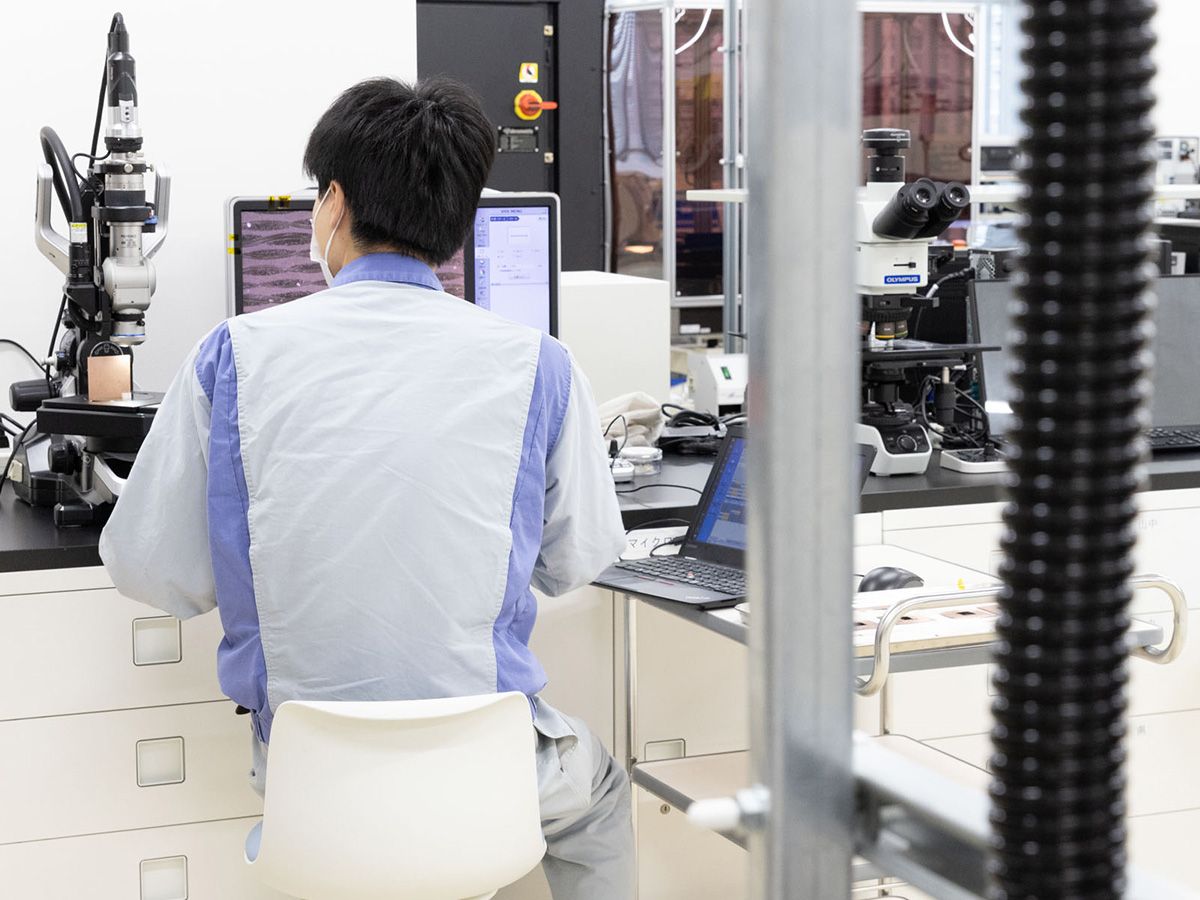
An engineer conducting research in the Packaging Solution Center.
Consortiums “JOINT” and “JOINT2” embody co-creation
What co-creation activities are taking place at the Packaging Solution Center?
Abe: To accelerate open innovation we established the Jisso Open Innovation Network of Tops (JOINT) in 2018. This is a private consortium involving fifteen firms with the latest technologies for developing semiconductor packaging materials and equipment. In the former Packaging Center (Open Laboratory), collaboration was mainly done on a one-on-one basis, with our company working with an equipment maker or material maker. JOINT has enabled us to utilize common technologies and information with multiple companies. By promoting open innovation through co-creation with other firms, we aim to provide comprehensive semiconductor packaging solutions, covering materials, equipment, and processes.
The theme of JOINT’s activities is “fan-out panel-level packaging (*1).” By combining participating companies’ materials and equipment, we are able to test materials and equipment under conditions similar to the evaluation tests conducted by our customers who manufacture semiconductors. This contributes to reducing the lead time, since evaluation tests used to be done by individual suppliers. Being our first project, our company covered the basic activity costs to lower the barriers for other firms joining the initiative.
Consortium members have also presented a joint research report at the Electronic Components and Technology Conference (ECTC). One semiconductor maker saw the report and contacted us, and we have proposed a solution with other members of the consortium.
- *1 Fan-out panel-level packaging — One of the semiconductor packaging technologies in which dies are packaged on a panel, as opposed to fan-out wafer-level packaging, which is a method of packaging on a wafer. Since the panels used in fan-out panel-level packaging are larger than the wafers, they can accommodate more chips, which contributes to improving productivity while reducing packaging costs.

Are there any other ongoing projects?
Abe: We started JOINT2 in 2021 as a new twelve-company project. The new consortium’s objective is to develop next-generation semiconductor packaging technology, such as 2.5D and 3D packages, which will be needed for 5G and post-5G information and communication systems in the future.
We have formed several working groups with the participating companies to utilize mutual technologies and information. Our aim is to develop reliable large-scale substrate technology to realize minute bump bonding, ultra-small wiring to eliminate the gap in wiring widths, and larger sized packaging components, which are requirements for next-generation semiconductor packaging.
JOINT2 has received a subsidy as a project selected by the New Energy and Industrial Technology Development Organization (NEDO). The subsidy, membership fees from the participating companies, and Resonac’s own investment were used to install the necessary equipment to evaluate next-generation semiconductor packages.
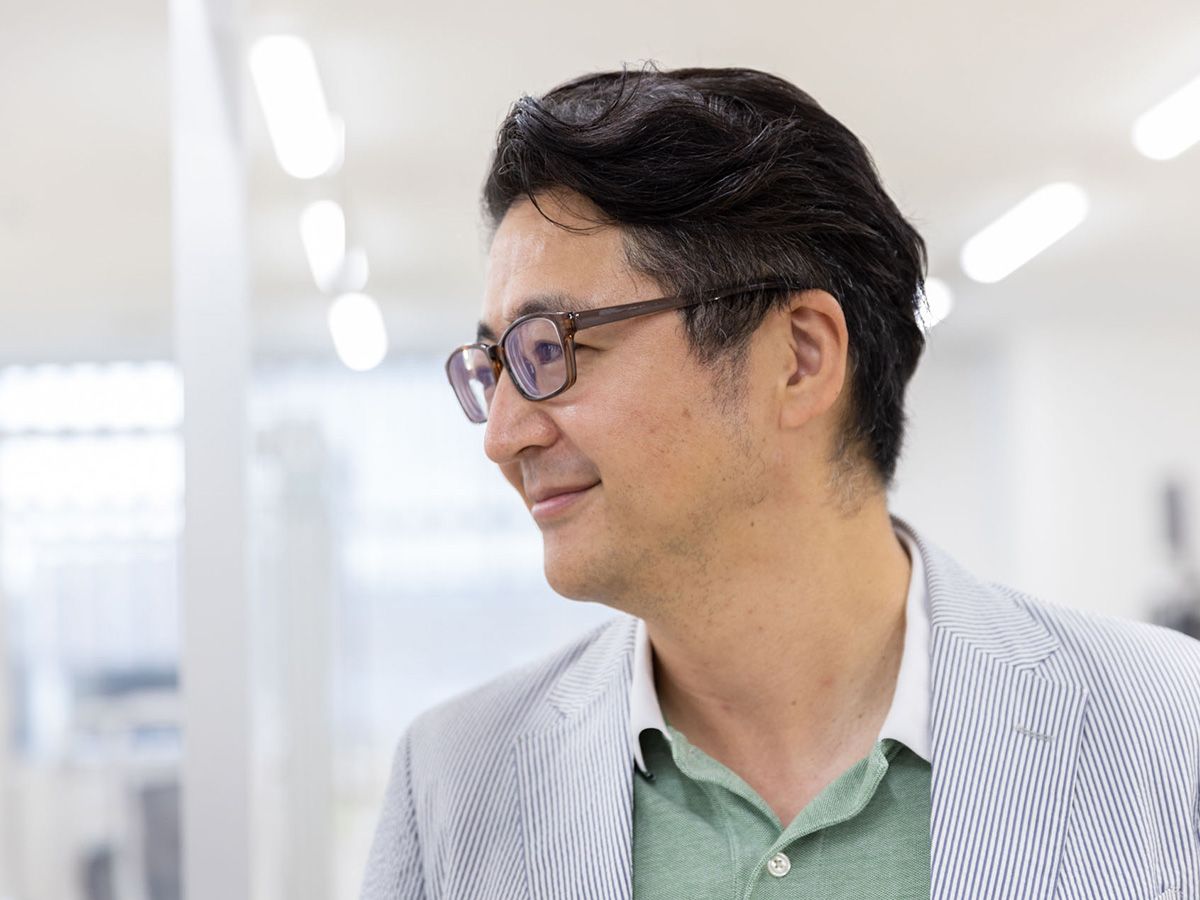
What was the response of the industry?
Abe: I think JOINT2 has had a particularly strong impact. There are consortiums around the world working on semiconductors, but none of them seem to be formed by companies with leading-edge technologies. We have received feedback from our customers who manufacturer semiconductors, as well as material and equipment makers, and also received requests for lectures from the mass media. JOINT2 seems to have drawn the attention of various fields.
JOINT2 has also been praised by customers in South Korea, Taiwan, and the United States as an epoch-making project. Even major overseas manufacturers with mass production lines often face difficulty in securing equipment just for evaluation. Customers are surprised to see that Resonac, a common material maker, has established this extensive facility and installed equipment exclusively for evaluation.
“Establishment of trust” and “awareness of advance investment” vital for open innovation
How do you encourage businesses to take part in activities at the Packaging Solution Center?
Abe: At the Center we clarify the scope of activities when we sign a contract with a participating company. It is important to have detailed discussions and build a consensus, instead of simply presenting the terms of a contract. In many cases, companies are especially concerned about the treatment of intellectual property. Even if we invited a competitor to the Packaging Solution Center and said, “Let’s co-create something,” the competitor would not be able to make a decision immediately. We need to examine each party’s scope of co-creation and hold thorough discussions to build a relationship of trust. We consider this process crucial.
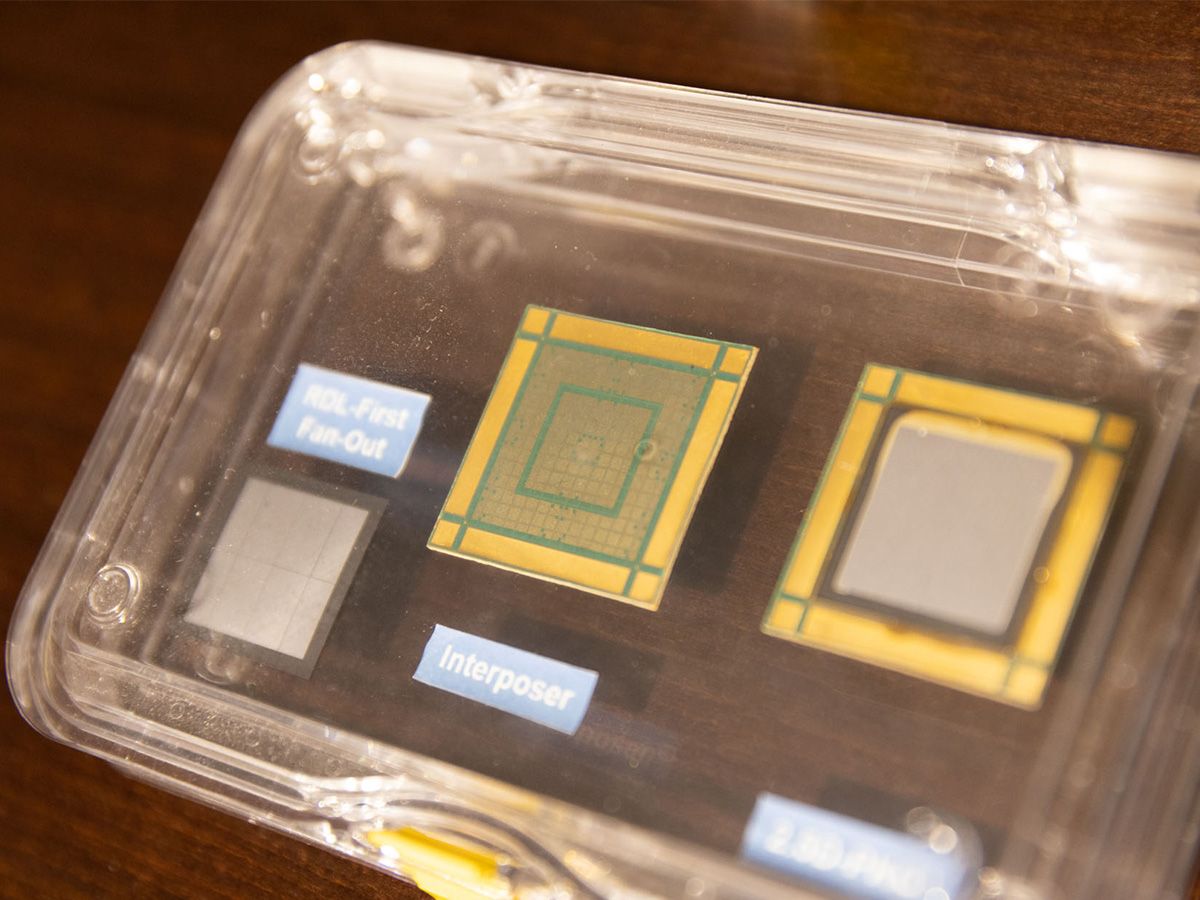
Some companies might hesitate joining the consortium because they don’t want other firms to take the initiative. How do you ease their concerns?
Abe: True, the framework is led by Resonac and we understand their concerns. But we are focused on enhancing the overall technology of Japanese semiconductor material and equipment makers. By working together as a consortium, we can accelerate development and expand the scale of activities, rather than individual companies making efforts on their own. It is essential to gain an understanding about the long-term vision for the industry, or for Japan, which can be achieved by crossing company barriers.
In Japan, business exchanges remain uncommon, even between firms that are not competitors. Companies overseas are more willing to work with other firms, including competitors, and such an environment facilitates new innovations. We don’t want to see differences in the business environment in Japan and overseas widen further. Even if a company builds up strength and gains an advantage over its competitors, surviving alone will become difficult eventually. It is vital to make use of each company’s strength and achieve growth by working together.
Technological advance is important, but companies also have to make profits. What about the profit perspective?
Abe: That is actually a very difficult point. Taking part in the development of leading-edge semiconductor packages is important, but we have to invest in equipment and incur operating costs. Still, we believe efforts to develop technology and to solve problems will help us discover things new and create needs, leading the way to explore new businesses.
By keeping our efforts open to others, we can create a new eco-system and expand business possibilities beyond the chip industry. What we have to do is take on unprecedented challenges as an advance investment. We will continue to pursue co-creation by considering incentives for other companies taking part in the consortium.
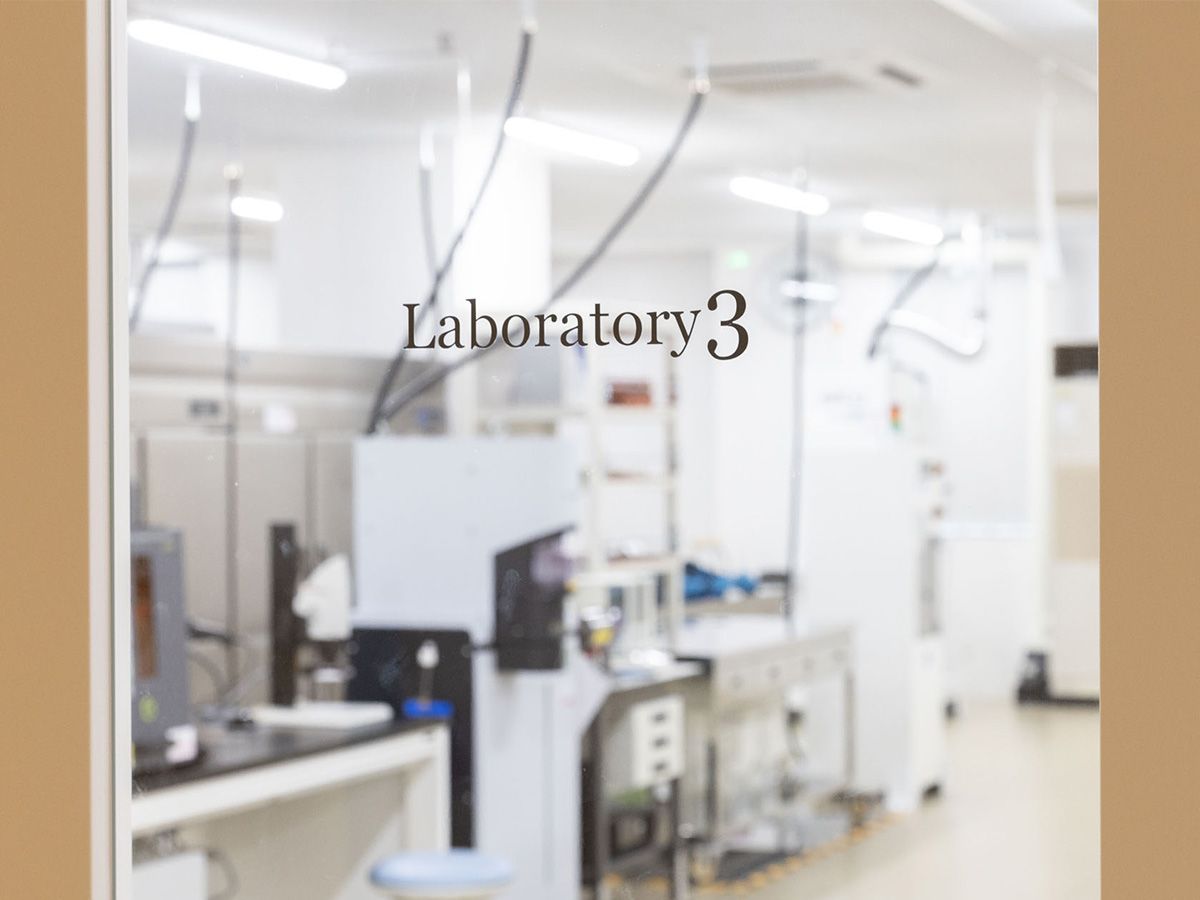
The Packaging Solution Center is a dream site for engineers.
I understand many customers visit the Packaging Solution Center from other countries. What are the merits of listening to customer voices in person?
Abe: In the past when trouble occurred in the supply chain, it was difficult to determine the area of cause because there was no place where the parties involved in semiconductor manufacturing could communicate with one another. We could only achieve partial optimization based on individual analyses.
We established the Packaging Solution Center to create an environment where companies can team up to make improvements and achieve total optimization. Particularly, in the JOINT2 shared office on the Center’s fourth floor, staff members from different companies have heated discussions. If professionals in various fields are given a space for high-quality communication, innovation will occur easily when viewing the same items or events. We hope to utilize the space where “people,” “technologies,” and “information” come together, and take advantage of the facility covering the whole gamut of processes and materials.
Finally, what is your message to companies interested in the Packaging Solution Center or the JOINT consortium?
Abe: We encourage you to visit the Packaging Solution Center and see for yourself. We plan to hold many events for visitors to observe the Center. A visitor once told us that the Center is a dream site for engineers. That was because of our wide array of cutting-edge equipment. Please come to the Center first, then we can discuss what can be done together. It is important to take the first step.
Resonac will never let up on exploring various forms of co-creation. We always welcome requests for observation tours from companies that have not participated in JOINT activities. Please feel free to visit us.
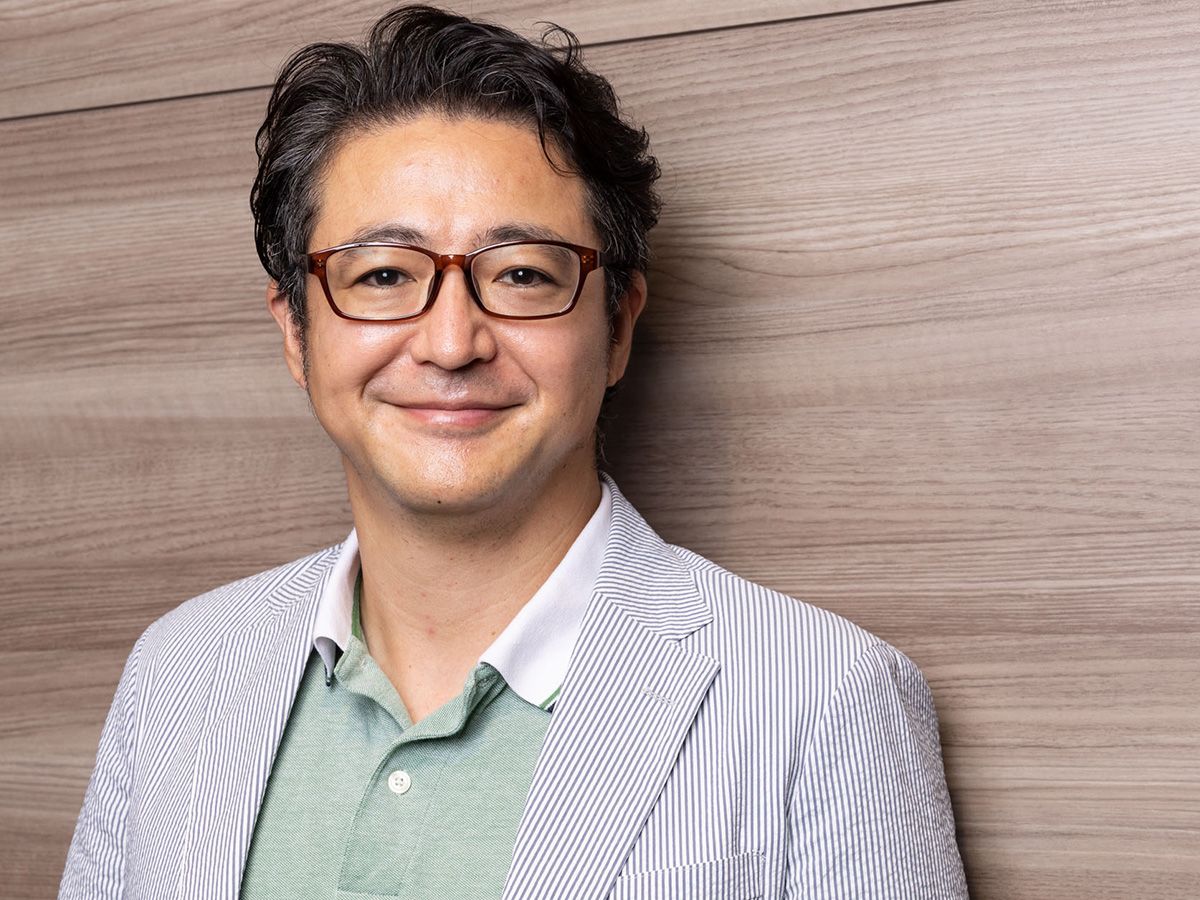
Hidenori Abe
General Manager of the Electronics Business Headquarters R&D Center, Resonac Corporation
After joining Hitachi Chemical Co., Ltd. in 1998, Abe was involved in the development of semiconductor sealing materials. He worked in the U.S. office for seven years and gained experience in technical services while obtaining an executive MBA. He was later involved in the establishment of the Packaging Solution Center and served as corporate marketing manager and the department head of the CMP slurry business. Currently, Abe is focusing his efforts on the development of overall semiconductor materials and related products, while promoting co-creation activities based on the Packaging Solution Center.
